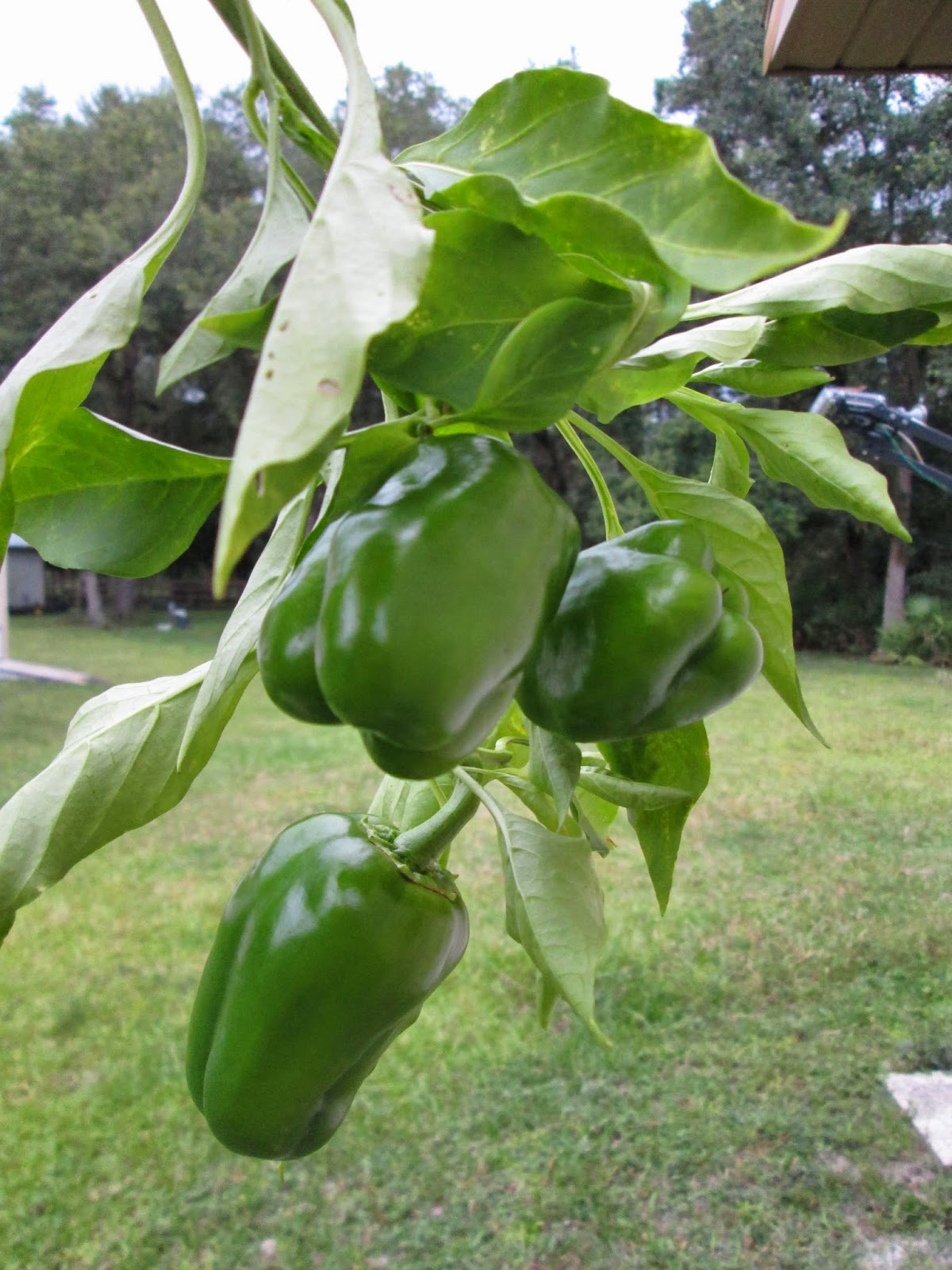Devil-riders: walkingsticks in the family Pseudophasmatidae (see the little male?)
Okay, it's actually
my holiday. To make a long sordid story short, I missed my exciting August travel-vacation and have instead settled on a much quieter retreat at home this week in September. This afternoon was spent fixing up the dirt patch. Weeds and scorched plants were pulled, compost and mulch were added, and an additional layer of stones was added to either end of the run-off area. While moving a crate out of the way I noticed these two-lined walkingsticks, aka devil-riders. I don't know anyone who has actually called them devil-riders, except insect books, and people quoting insect books. The female is about 4 inches long, and the little male will stay coupled with her for days while hitching a ride on her back (females can be hard to find when you can't fly). These guys are found in the southeastern US, but are particularly abundant in Florida, and they are vegetarians. Seeing them coupled like this is another sign that fall is on its way -
thank goodness. One more note on the devil-riders, I myself have never been on the receiving end of their chemical defense, which can cause temporary blindness if sprayed into the eyes, but I would recommend anyone proceed with caution just in case. Best-case scenario, it smells awful.
Returning to the Dirt Patch, this curly-haired cow was very interested in my mulching activities and watched me the whole time:
The brown cow ate the weeds I threw over the fence.
The mulch really accentuates all the bare patches where things died over the summer. The annuals and creeping thyme (between the pavers) especially took a beating. Next on the gardening agenda is to sow winter seeds, a task which has been on the agenda since July...
Sunflower Helianthus annuus 'Shock o Lat'
I accidentally broke off this branch of bell peppers while mulching. They're smaller than they appear in the photo. Perhaps I will make some stuffed peppers.







Comments
Post a Comment